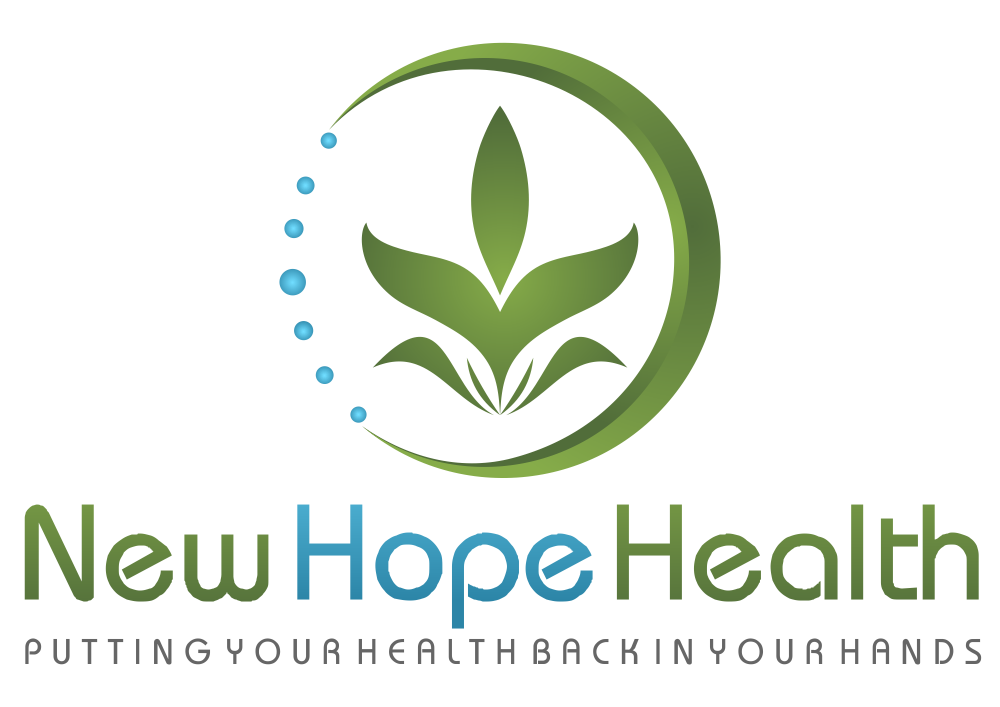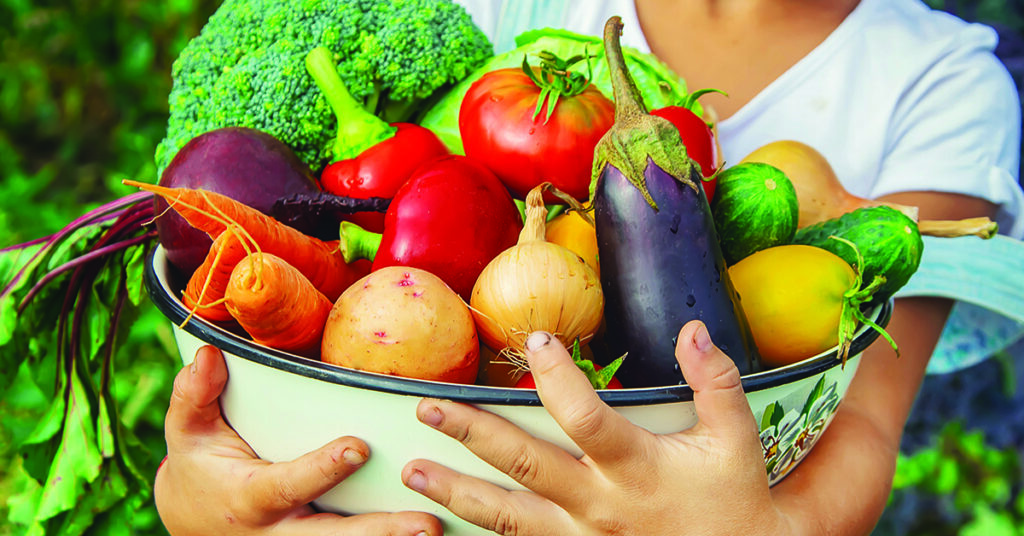
Many people eat socially (in the break room/ weddings/ funerals/ business meetings/ family gatherings) or by the clock (for example, eating lunch at noon because it’s “lunch time” even if you’re not hungry) rather than because they are truly physiologically hungry. For this reason, it’s common to be out of touch with what true hunger feels like because they never allow themselves to even get hungry!
That said, if things are working properly, how do you know when you’re full?
When enough food travels down your esophagus and into your stomach to make it full, the nerves around the wall of the stomach sense its stretching. Via the Vagus nerve, the full feeling is communicated to the brain stem. The endocrine (hormone) system, which is intricately interwoven into the digestive tract, sends hormones into the blood and eventually into the hypothalamus of the brain upon digesting specific nutrients. This is why water doesn’t fill you up for long (because no nutrients are in it).
CCK (cholecystokinin) is an example of one specific hormone that is released when food reaches the small intestine, which reduces the reward (meaning that you get less pleasure from the food you’re eating so that your desire to continue eating is diminished) you get from eating as well as slows the movement of food from the stomach to the small intestine. This is why people who eat slower tend to eat less and also have a more comfortable digestion; they get the message before they are already stuffed. The presence of these digestive hormones in the blood trigger the release of insulin which stimulates fat cells to release leptin (another hormone). Leptin tells your brain that you’re getting full and it is time to STOP eating. After a few hours of not eating, your stomach is empty and ghrelin is produced. Ghrelin does the opposite of leptin by acting on the nerve cells that stimulate your appetite to tell you it’s time to eat.
Leptin resistance is a common issue for people today which is one reason there’s an increase in obesity and overweight issues. When cells become less sensitive to leptin, you are able to eat more food than your body needs as you’re less able to “hear” the “stop eating” signal from leptin.
As you have probably experienced, your satisfaction from a given food depends on the nutrition in that food. We have all experienced that feeling where we have chosen to eat a big meal full of junk. We know we have WAY over consumed calorically and yet, in a couple of hours, you feel horrible, sluggish, still full, but are on the prowl again wanting something to eat. Why? Because you can fill your stomach yet be totally void of nutrition. Junk food offers little to no usable nutrients to nourish your cells. Foods high in water and fiber typically fill you up more with fewer calories. This is why I particularly love fresh fruits, vegetables and starches such as beans, rice, lentils, sweet potatoes, oats and squash. Plant-based meals make you feel fuller for longer and also help to regulate digestive hormones.1
Other factors that are valuable aspects to look at when it comes to feeling comfortably satisfied include considering some of the non-physical aspects. Many people eat for non-physical reasons such as stress, boredom, anxiety, sadness or celebration. These same feelings can also cause some people to have the opposite effect (they lose their appetite and have no desire for food). Although not the primary focus of this post, it’s worth noting that when you work through mental and emotional stresses in a healthy and balanced way, you’re less likely to turn to food for answers, comfort etc. and therefore ignoring or suppressing satiety signals that your body is sending you.
Coming full circle… How do you get away with eating more without gaining weight, feeling tired or interrupting your sleep? Here’s how: If you want to feel full and get all that you need, start every day and every meal with a large portion of vegetables. Here would be a simple example of a typical day:
Breakfast– A green smoothie with lots of dark leafy greens
Lunch– Some fresh/raw or steamed vegetables at the beginning of your meal
Dinner– A big salad at the start of your meal
It’s that simple. When you eat more plants, you get more fiber, vitamins, minerals, water, phytochemicals. And since most plants are less calorically dense than processed foods and many animal products, you get to eat more food!
As a plant-based doctor of natural medicine, I have seen plants change people’s lives. If you are looking for a Holistic Doctor in Kalamazoo MI, consider coming to see me at New Hope Health. I’d love to help you reach optimal wellness with a whole food, plant only diet. Be satisfied!
Resources List:
1. Klementova M, Thieme L, Haluzik M, et al. A Plant-Based Meal Increases Gastrointestinal Hormones and Satiety More Than an Energy- and Macronutrient-Matched Processed-Meat Meal in T2D, Obese, and Healthy Men: A Three-Group Randomized Crossover Study. Nutrients. 2019;11(1):157. Published 2019 Jan 12. doi:10.3390/nu11010157
Nothing said or implied in this post is intended to treat, cure, diagnose or prevent any disease. It does not take the place of a qualified health care practitioner and is intended for educational purposes only.

Dr. LeAnn Fritz, PhD
Dr. LeAnn is a practitioner, coach, speaker, consultant, and the founder of New Hope Health. She is also the author of The Quantum Weight Loss Blueprint, and Get Healthy Now. She is laser-focused on practical, evidence-based practices to empower her clients to get real results that last. She sets the bar when it comes to radiant health that will change every area of your life forevermore.
Recent Posts
Parasites- Living Inside Your Body, Without Paying Rent!
Parasites…I know…the thought of them living inside your body feels like something from a horror
Holistic Detox: A Naturopathic Doctor’s Guide to Cleansing Your Body for Optimal Health
Detox is a powerful way to reset your body and enhance your health. As a
Watermelon Slurpy…Upgraded!
It’s summer and it’s HOT! You’re looking for a refreshing cold drink that will give
Curious about achieving your highest level of health?
Schedule your consultation with Dr. LeAnn today, and get your health back in your hands.


